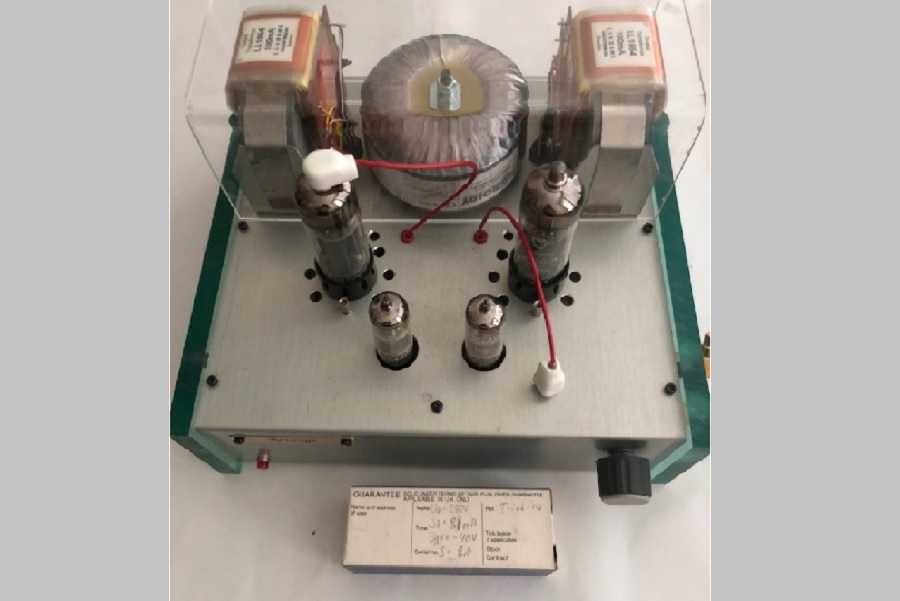We may agree that it is a most refreshing experience to visit a live concert be it of any genre: symphony, organ, jazz, rock or other. After a pleasing concert night, turning on one’s high quality Hi-Fi system leads to a disappointment: the magic of the concert is more or less gone – once again. Despite the fact that all the work by great designers around Hi-Fi during past eighty years or so has been – and still is – to try to reproduce these live feelings at home. Best equipment may manage to mirror some aspects of the concert situation but never the whole.
Having DIYed Hi-Fi amplifiers for roughly sixty years, it has always been an exciting experience to switch on a new unique amplifier design for the first time. Accurate pre-measurements may give some indication of what to expect, but the ear is always the final judge: are the chords of the Bach’s well- tempered clavier or of Beethoven’s piano sonatas in an easily listenable tune? Not to mention Led Zeppelin’s Rock’n Roll classic take-off? Based on my 60 years of experience I’d say: sometimes Yes and often Not.
This quite new construction project was inspired by a lecture article by Mr. Tom Schlangen, that I found on the net. He had measured and published triode curves for the legendary TV workhorse, EL/PL36 sweep tube from the past era of black and white televisions from the fifties/sixties. This tube type was the successor of smaller EL/PL81. I had earlier found triode curves for this tube in the Mullard data for EL360, which is a corresponding special quality (SQ) triple mica tube with nearly identical parameters, but the measured curves of Mr. Schlangen extended to much higher triode anode voltages (400V) than the Mullard information, showing very good triode mode linearity, actually better than what was presented in the old Mullard EL360 data. This EL/PL36 tube in triode mode has also earned reputation as poor DIYer’s 300B. There are a few SQ variants: EL360, E236L and E235L (this without a top cap), all meant for professional 10 000 h use from best manufacturers, Mullard, Siemens and Telefunken.
Does the tube live up to its reputation? Let’s verify.
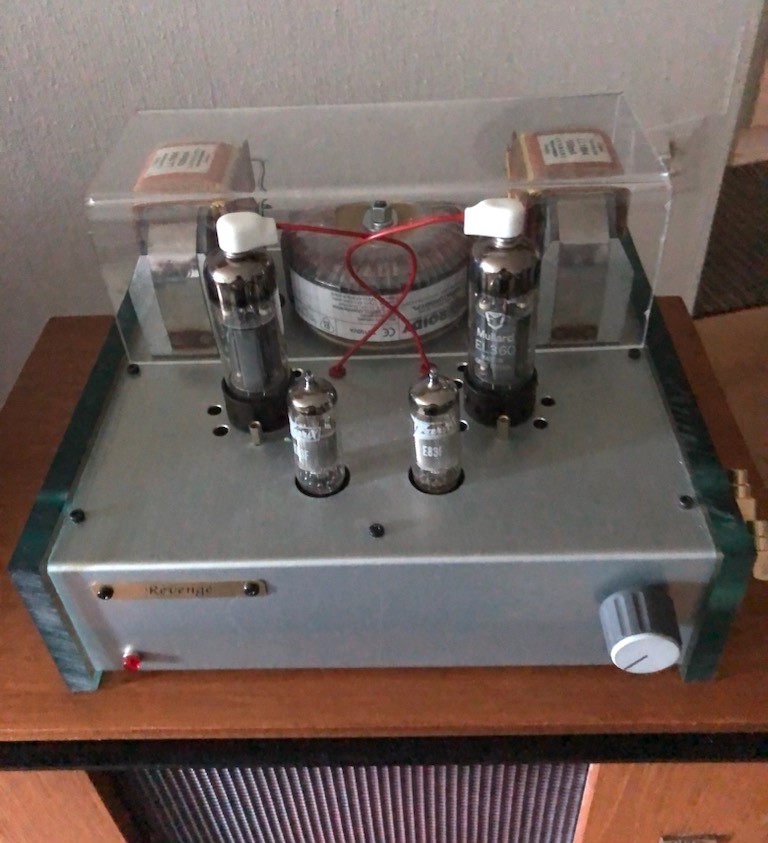
Having constructed several 300B-based amps, one of them published in in Finnish hifi magazine (Hifilehti vol. 3/2001), and another in AudioXpress vol. December 2001 (see Lundahl’s webpage), I was curious to see what could be achieved with these TV-oddities costing a few euros each. Also, I was hopeful to manage to somewhat lessen the hype around 300B and F2a tubes, the number of which seems to be decreasing. Many 300B-based tubes and related amplifiers are still in production, but stores of F2a appear to be empty for commercial utilization and it seems that eg. Shindo Labs has discontinued its F2a models.
My STC4300A/KR825/KR300BXLS designs have been two-stage topologies and so, for fair comparison, I decided to proceed with only two amp stages this time too. The triode gain is lowish and quite similar for 300B and EL36, 3x and about 5x respectively. This means that some 50V peak swing is needed to the grid in both cases, anyway a bit less for the EL/PL36.
The front end can be realized with a pentode (I have used C3m, E83F, 6AU6/EF95 and M8083/EF91 with success) or a triode: 33A101K/M8062/ECC81 worked fine with STC 4300A with gain of 60. C3g and EF184 as triodes, with very linear gain, are fine and proven candidates, and so is E83F SQ in a triode mode with gain of 35: This was the tube that I decided to use for this design. Pentode driver mode is also possible and gives a little bit different sonic character.
The concept is proven and simple. E83F in triode mode is resistor loaded and cathode resistor biased to some 5 milliamperes, coupled with a high quality capacitor to the EL36 grid. The output tube cathode is grounded via the output transformer’s secondary in a proper phase, giving near 2dB of local negative feedback – that’s all the feedback used here. Fixed bias of around -50V DC is needed meaning that about 35V rms drive is required at the grid. By direct grounding of the cathode one can also eliminate so called cathode sagging. It appears in oscilloscope as tilting of the horizontal parts of a low frequency square wave due to the usual cathode bias shunt capacitor. The only (tilting) RC time constant left here is now between the tubes; this with the assumption that the power supply is solid enough (my choice was a well-measuring and neutrally sounding, but nowadays unusual anode power supply from the fifties, a selenium 200mA/385V rectifier bridge with 2 x 150uF anode supply capacitors). It is questionable whether this square wave sagging, important as it might have been in analog video amplifiers, is a valid phenomenon in Hi-Fi amplifiers. One can easily try the effect on the solidity of the low end by changing the coupling capacitor value, eg. from 0,1uF to 1 uF. The quality of this capacitor is also of great importance; recently I changed my Wima FKP (0,15 uF) capacitors into Audyn pure copper (0,22 uF) types with good results.
After selecting the tube combination what follows is choosing the SE output transformer. Here I decided, once again, to go for respectable Lundahls: two LL1664 (3 kohm/8 ohm/100mA). I’ve also experimented with Tango U-808 transformers with fine results, with even lower bass end core distortion tolerance. As to cheaper OPT’s, Hammond 125 SE series (F or G version here) is astonishingly good both in terms of measurements and sound.
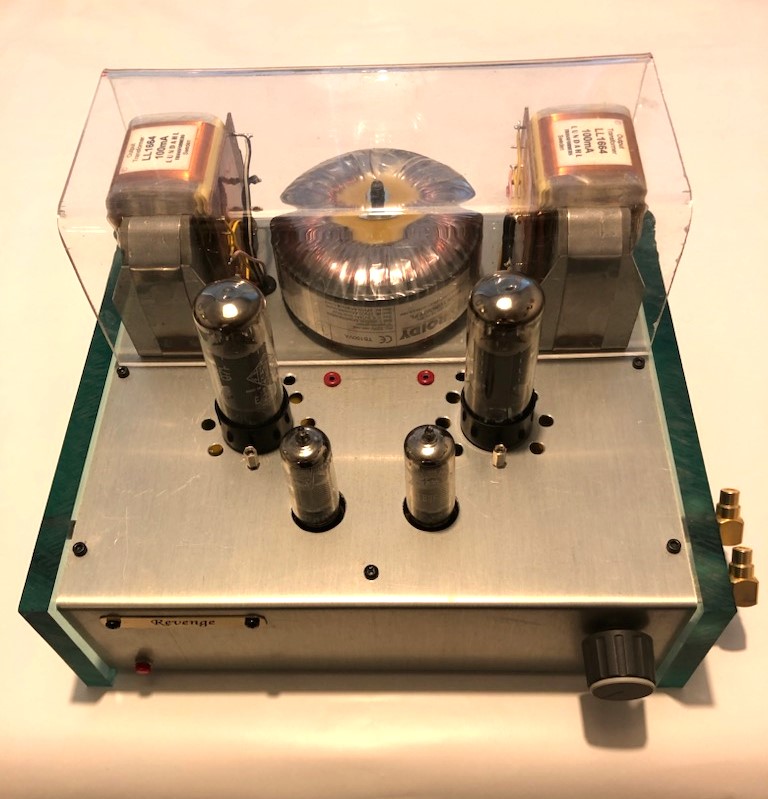
The design is a traditional one, and no schematics and construction images are provided here. Some measurement data is given below:
Bandwidth: 10Hz…60kHz (1W/-3dB, determined by the Lundahl irons)
Distortion: < 0,5% (5W/1kHz)
Max power to 5% distortion: 6W
Output hum voltage: < 700uV (excellent with CRC anode filter only)
Output impedance: 1,6 ohm
Sensitivity: around 1V rms
Note: Lundahl LL1664 shows core saturation distortion not until under 40Hz/4W, this is a very good result.
In this type of two stage design with no overall feedback, it is possible to have some degree of so called distortion cancellation for the second harmonic. This can easily and practically seen via a distortion analyzer by rolling the pre-stage tubes, changing individuals and manufacturers. The other cancellation method is to arrange an adjustable driver cathode resistor and trim the DC anode voltage “on fly” to distortion analyzer minimum. Still another means is to fix an adjustable resistor load from the driver anode to earth, separated for DC with a biggish capacitor. In this amp I only made use of tube rolling and achieved a decent result for under 0.5% distortion at 5W/1kHz. It is worth mentioning that this cancellation is dependent on power level, so it’s not a universal tool, and not everybody agrees on its usefulness for better sound.
Not that long ago I found an interesting “sleeper” power pentode, 12E1 from STC/ITT. Triode connected, it fitted straight at the place of EL235L giving comparable technical results with a bit different sonic character. This tube is a true cannon with it’s 40W triode mode power loss, and some 8…9 watts of SE audio power might be withdrawn from it with sturdier voltage and current parameters. Warmly recommended.
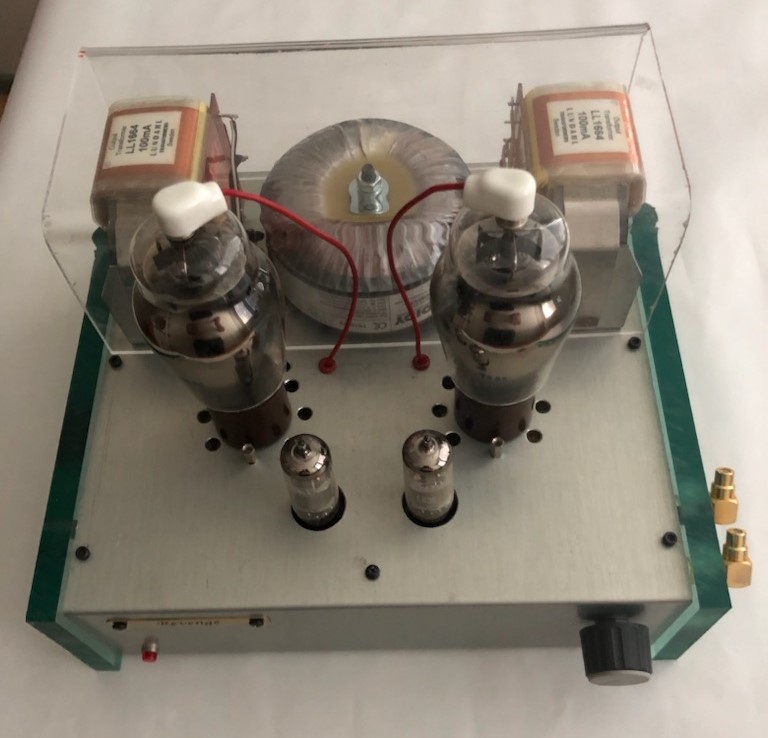
The topology can also be changed into a cathode follower 5W SE by putting the output transformer primary at the cathode as I have done in my PL504 design (published in AudioVideo net Magazine). The PL504 was a successor to PL36 for color TV tubes. The only extra thing needed for the electrical conversion is a different high voltage output driver stage. This arrangement is capable of driving directly my Philips AD9710A, 800 ohms commercial full range loudspeaker via a capacitor from the cathode.
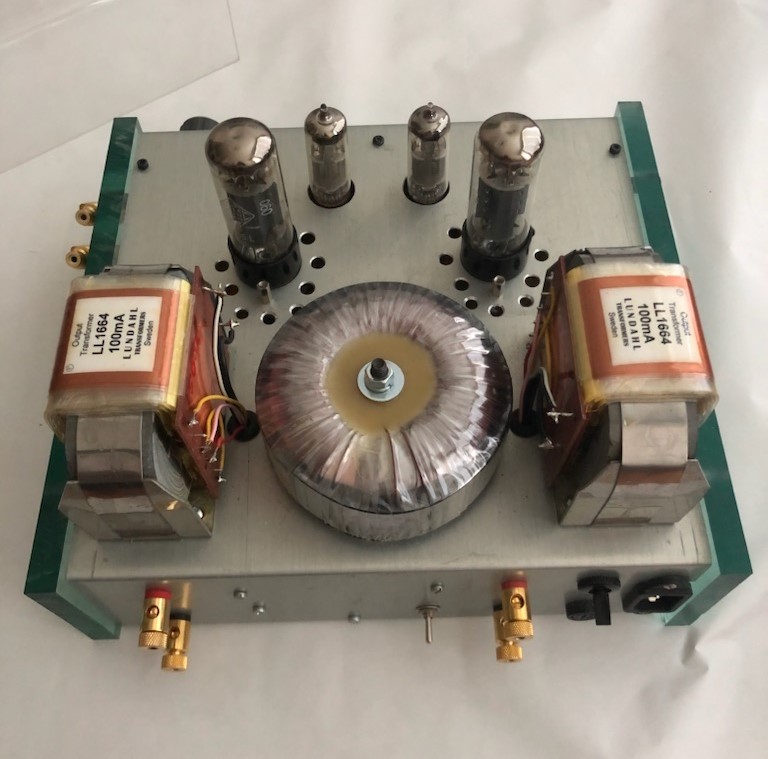
So, after careful lengthy listening sessions, am I willing to heighten this trioded EL/PL36 tube and it’s relatives, EL360, E236L and E235L, to the position of a poor DIYer’s 300B? I’d say Yes. Sure, there are differencies, but so are the two different designs which use the same 300B brand. So, thumbs up for this tube! It is also worth giving a try to similar sweep tubes from USA, the choice is endless and they’re still cheap!


